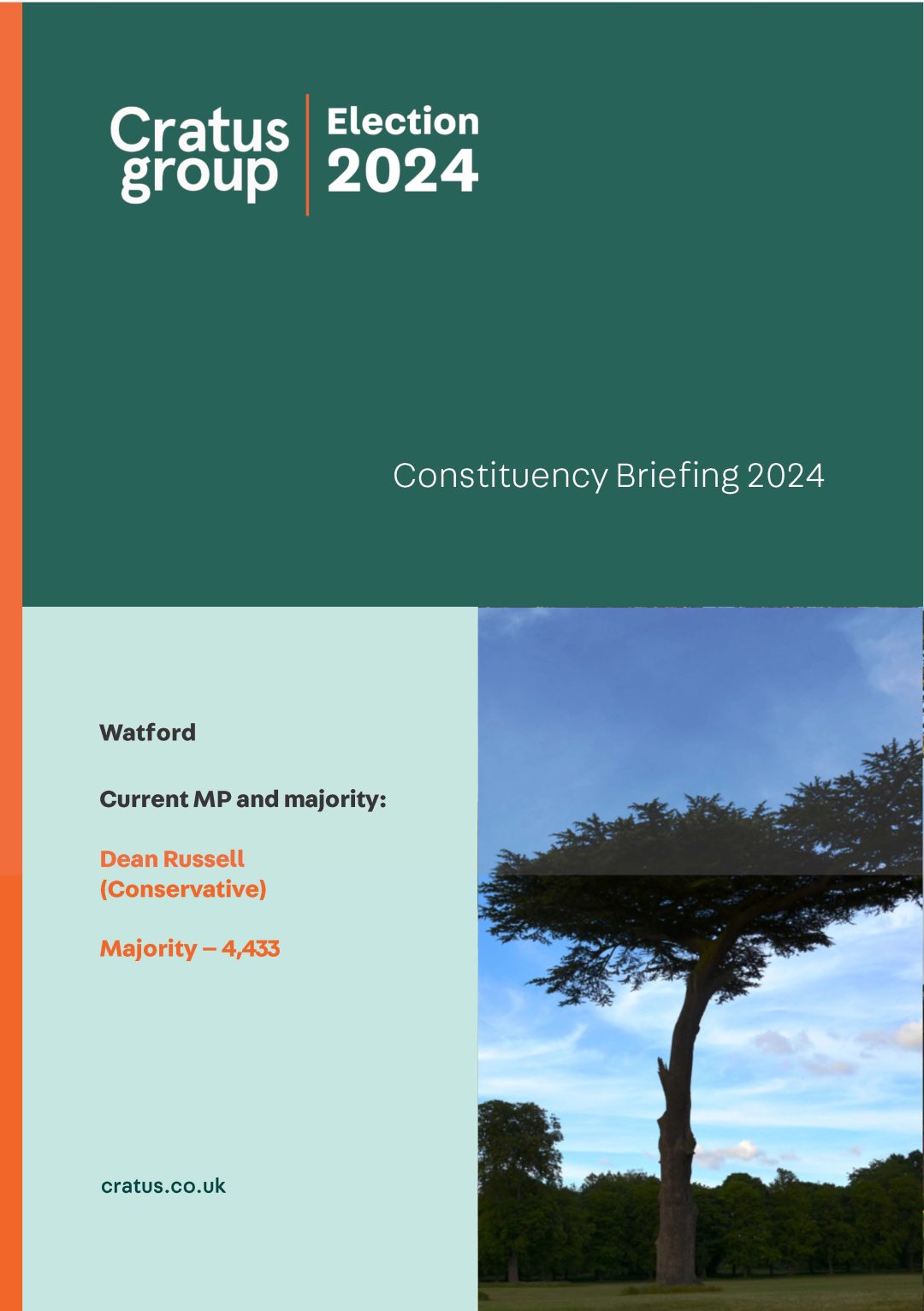What future for supported housing?
Housing Associations (HA) in the business of providing supported and sheltered housing protect and enhance the quality of life of some of the most vulnerable in our society. When talk is consistently and continuously cuts-focused how will the care HAs give continue to be funded? On 14 March the CLG and DWP Select Committees jointly questioned three HA representatives and a further three council representatives on the proposed changes to the supported housing funding regime.
- The government is proposing giving councils control of a supported housing top up fund with core rent and service charges being funded through Universal Credit up to the applicable Local Housing Allowance (LHA) rate.
Through discourse, what soon became clear was the massive discrepancies that would be occasioned by the Local Housing Allowance rates being a part of any funding formula. In one particular northern city for example the LHA rate is only £69/week whereas in one London borough the rate is £270, yet the cost of the care provided through one particular supported housing care package only differs in cost by £10 in the two localities. As another witness remarked the variations are not just between north and south. Rates vary markedly just within the south east. Consequently, LHA rates being a part of funding for supported housing creates the perverse outcome of not encouraging support to be directed where it is most needed.
As many will be aware the uncertainty surrounding rent levels post 2020 have already resulted in housing associations putting development on hold as they await clarity and a greater level of security. It should be noted at this point that none of the housing association representatives were averse to risk. As was repeatedly highlighted, financial risk is a factor they are already experienced in managing. Worryingly, this halting of development work does not merely impact on those who would have otherwise been able to benefit from a completed scheme in the near future, paused development now will also impact on overall levels of supply further down the line.
While the three local authority witnesses approached the issue from a slightly different angle, there was a clear sense that they too shared the concerns of the housing associations. They too stated the need for stability and long term security as well as the additional burden that would be placed on the NHS should the top up funding not be enough. And just like the housing association witnesses, they too were concerned about additional and unnecessary levels of complexity created through new administrative tasks being imposed on councils.
What became more a matter of debate was the potential for funding to be ringfenced which the witnesses were in favour of. While one Select Committee Member highlighted that two of the councillors giving evidence were Cabinet Members and therefore should be able to ensure funding goes where they believe it should, making ringfencing unnecessary. Clive Betts MP pointed out the Local Government Association was against ringfencing. The council representatives put up a good defence making the very key point that while they may be in the Cabinet now there is no guarantee of their position. Significantly, as Liz Slater pointed out, the difficulty of funding not being ringfenced is that a council may have to cope with a displacement effect if a neighbouring council does not direct funding to address their need for supported housing resulting in their vulnerable residents having to be supported by a neighbouring authority.
Devolution has been the theme of recent years but there is little benefit to giving councils the ability to distribute ‘top up’ funding in the way proposed if all it causes is capacity gaps and administrative burden which will negatively impact on the lives of those most vulnerable in our society. It appears clear from this evidence session and the commentary of other experts in the field that LHA rates being a part of funding considerations, as currently proposed, will not improve life chances or the sustainability of housing associations in the years to come.







